If you are shipping used machinery to Australia, New Zealand, New Caledonia or the U.S.A., be aware that stringent biosecurity requirements are policed and the penalties for non-conformance can be hefty. In Australia, that includes re-export of the machinery.
While other countries don’t apply the same re-export penalties, they do have strict quarantine requirements for used machinery. Anyone shipping used machinery anywhere should be mindful of biosecurity.
BIOSECURITY COMPLIANCE FOR USED EQUIPMENT
What is Biosecurity?
Biosecurity is a set of preventive measures designed to reduce the risk of transmission of infectious diseases in crops and livestock, quarantined pests, invasive alien species, and living modified organisms (Koblentz, 2010). The emerging nature of biosecurity threats means that small-scale risks blow up rapidly, thus an effective policy becomes a challenge, for there are limitations on time and resources available for analysing threats and estimating the likelihood of their occurrence.
In terms of biosecurity inspection services offered by Freightplus, these apply most commonly to quarantine regulations for importing used machinery. In particular, there are strict quarantine requirements for importing used machinery into Australia, New Zealand, New Caledonia and the U.S.A.
Biosecurity in Australia – importing used heavy equipment into Australia
The term, “Biosecurity”, as it relates to biosecurity compliance for importing used machinery into Australia, is quite a recent term. The current Australian government agency policing the importation of used machinery into Australia is DAFF – the Department of Agriculture, Forestry and Fisheries, formerly the DAWR – the Department of Agriculture and Water Resources. Under the previous government, the department was DAFF – the Department of Agriculture, Forestry and Fisheries. Before that, DAWE – Department of Agriculture, Water & Environment…. and, before that, AQIS – the Australian Quarantine and Inspection Service. Many Australian machinery importers, and companies exporting used machinery to Australia, still commonly refer to “AQIS requirements for importing used machinery into Australia” or “AQIS cleaning” in relation to cleaning machinery to Australian standards. AQIS, and “Australian Quarantine” requirements for importing machinery into Australia were superseded with the introduction of the Australian Biosecurity Act, 2015. You can read the complete Australian Biosecurity Act 2015 here.
In New Zealand, it’s the Import Health Standard: Vehicles, Machinery and Parts, which came into force on 11 August 2021, as an amendment to the Import Health Standard: Vehicles, Machinery and Parts, which came into force on 31 August 2020, and consolidates all amendments made up to the commencement of this standard. This import health standard was issued under section 24A of the Biosecurity Act 1993 and incorporates amendments made in accordance with section 24B(1)(a) of that Act.
In simple (much abbreviated) terms, goods are classified as either prohibited imports, non-prohibited imports or conditionally non-prohibited imports. Used machinery falls under the latter classification, which means that they are a prohibited import unless certain conditions are met, which allow them to be imported.
Effectively, this means that used machinery is a prohibited import into Australia unless it is as clean as new.
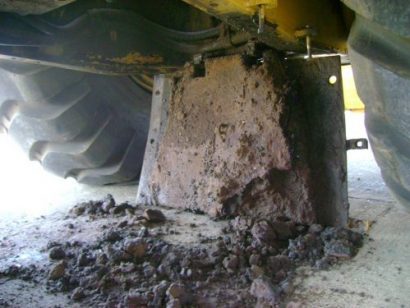
Any used machinery arriving at the Australian entry port that is not compliant with this condition is therefore deemed to be a prohibited import. All used machinery entering Australia is inspected by a DAFF biosecurity officer at the port of entry.
If a biosecurity officer suspects, on reasonable grounds, that the level of biosecurity risk associated with goods that are subject to biosecurity control is unacceptable, “…a biosecurity officer may take possession of the goods and cause them to be exported from Australian territory, destroyed or otherwise disposed of.”
Many Australian importers of used machinery have had the unfortunate experience of having to pay the costs of shipping their machine back out of the country, arranging offshore machinery cleaning and then re-importing it once the required level of biosecurity cleanliness had been achieved. There have even been cases of the same machine being rejected and re-exported twice.
A person not complying with DAFF’s directions to forfeit or re-export the offending used machinery (commonly referred to as a ‘re-export order’) can be liable to civil penalties, including a maximum jail term of up to 5 years.
If you’re selling a 10-year-old garbage compactor or a mining shovel with 5,000 hours on the meter, cleaning your used machinery to ‘as new’ condition might seem a daunting task; however, Australian biosecurity compliance IS achievable.
If you are exporting used machinery to Australia, you simply need to ensure that the machinery is as clean as new – INSIDE AND OUT – before you export.
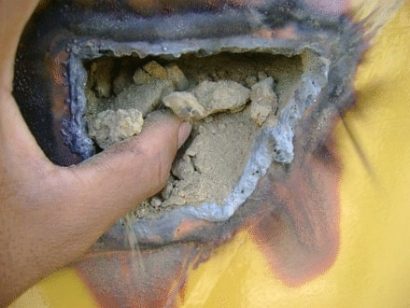
DAFF has published the following cleaning guidelines and checklists to assist companies shipping used equipment to Australia. We’ve shared these with you in our resources section.
When used machinery arrives in Australia, the primary biosecurity inspection (initial inspection) takes place on the wharf, as cargo is discharged from the ship it arrives on. The inspecting DAWR biosecurity officer will typically spend 30-90 minutes conducting a thorough visual inspection of the machine. The Australian biosecurity officer will look for any visible contamination – all over the machine, under the machine, inside track frames, behind belly plates, in every joint and cavity and crack and crevice, so you’ll need to do a very thorough job cleaning your machine to Australian standards.
If there is no obvious contamination, the machine will pass the initial biosecurity inspection and be permitted to proceed to an “Approved Arrangement” (formerly referred to as a QAP or Quarantine Approved Premises) – defined under the Biosecurity Act 2015 as an arrangement, approved by the Director of Biosecurity, that provides for a biosecurity industry participant to carry out biosecurity activities to manage biosecurity risks associated with specified goods, premises or other things.
Secondary inspection will take place at the Approved Arrangement. This will likely include partial dismantling of the machine to access any areas the biosecurity officer could not inspect intact. This will typically involve the removal of any wiring conduit and will commonly involve taking off components such as the operator’s cab, fuel tank, wheels, etc. If there are any holes, ruptures, splits, cracks or fresh welds, the inspecting DAFF biosecurity officer will direct the importer (or the forwarder/customs broker/Approved Arrangement personnel on behalf of the importer) to cut open those sections for high volume flushing, under DAFF supervision. Radiators, too, will always be flushed as part of this secondary inspection.
As a general rule, if you’re cleaning used machinery for Australia, just remember that anywhere water can reach, biosecurity risk material can reach!
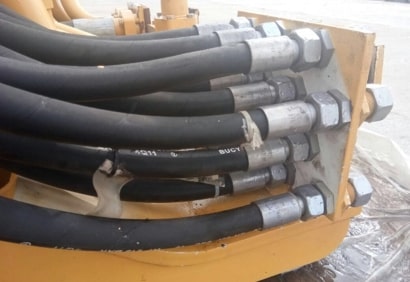
Many Freightplus customers, importing used machinery into Australia, engage Freightplus to take care of their biosecurity concerns and eliminate any of the risks of importing their used machinery into Australia. Freightplus provides relatively low-cost biosecurity services, including booking a Freightplus PSI (pre-shipment inspection).
What is a Freightplus biosecurity pre-shipment inspection (PSI)?
In a nutshell, it’s this: Freightplus sends one or more of its biosecurity compliance inspectors to the location at which the used machinery is being cleaned for shipping to Australia. Our inspector/s will carry out exactly the same inspections as the DAFF biosecurity officer will carry out at the Australian entry port. The Freightplus biosecurity compliance inspector will then advise and assist the local cleaners to achieve the necessary level of cleanliness for importing used machinery into Australia. Once the Freightplus biosecurity compliance inspector is satisfied that the machinery is clean enough to ship to Australia, he will issue a Freightplus Certificate of Cleanliness, GUARANTEED AGAINST RE-EXPORT.
Freightplus biosecurity inspection services are available exclusively to Freightplus customers, to complement our international shipping and project-forwarding services.
You will be surprised at just how cost-effective these Freightplus biosecurity pre-shipment inspections are, and our GUARANTEE AGAINST RE-EXPORT is a worthwhile investment for any companies importing used machinery into Australia or selling used machinery to Australia.
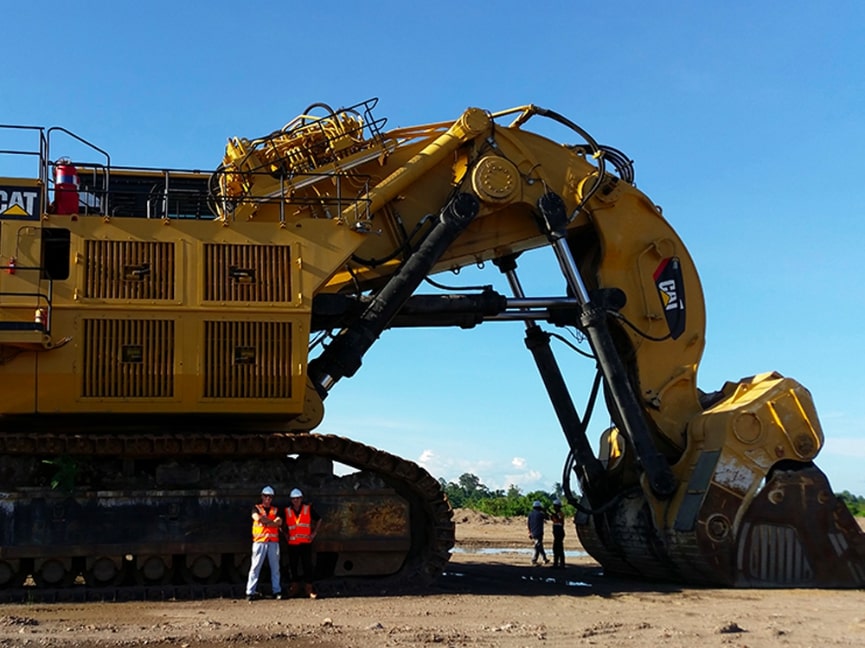
Freightplus recently inspected and cleaned this monster, 1,000-tonne, CAT 6090 mining shovel. Freightplus inspected and cleaned this machine and shipped it to Australia. Thanks to our extensive experience and expertise in inspecting and cleaning heavy used machinery, and the intensive inspections, cleaning and reporting processes carried out by Freightplus in collaboration with what was then the DAWR, an impressive 94% of the components were released directly off the port, without need for the usual secondary inspection. An astute investment by the forward-thinking importer, in using Freightplus to achieve Australian biosecurity compliance before the cargo was shipped, slashed his customer’s lead time by almost a month and being able to cut out the numerous crane lifts and transportation costs of taking these 1,000 diggers to an approved arrangement for the usual flushing inspections, resulted in a net cost-reduction of almost $300,000.
Outcome? In full, one month ahead of schedule, $300,000 below the quoted price.
With offices across four continents, you can access a Freightplus operator, face to face, at any time of the day or night, for good advice about shipping over dimensional or heavy lift freight:
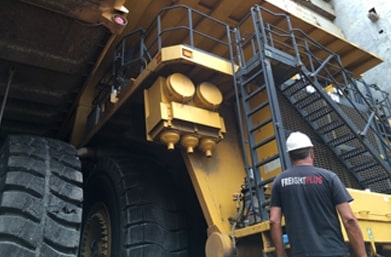
Freightplus is a close-knit international team of like-minded freight forwarding professionals; sharing a common vision and genuine enthusiasm for solving even the most challenging logistical situations.
.
.
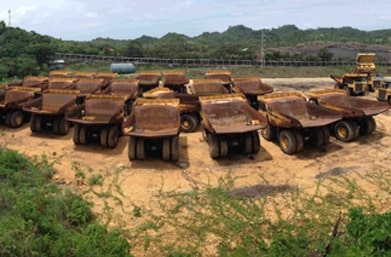
With offices worldwide and an extensive international network, Freightplus has the global reach to ship your large and heavy equipment in and out of every imaginable marketplace.
.
.
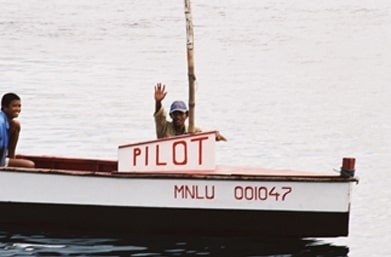
The key to our success is our ability to recognize and avert potential dilemmas and to provide solutions to even the most challenging problems.
Check out some examples of the work we do, challenges we face and the obstacles we overcome in our day to day operations.


